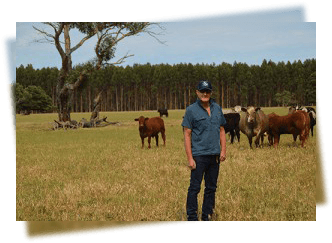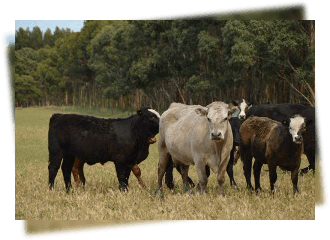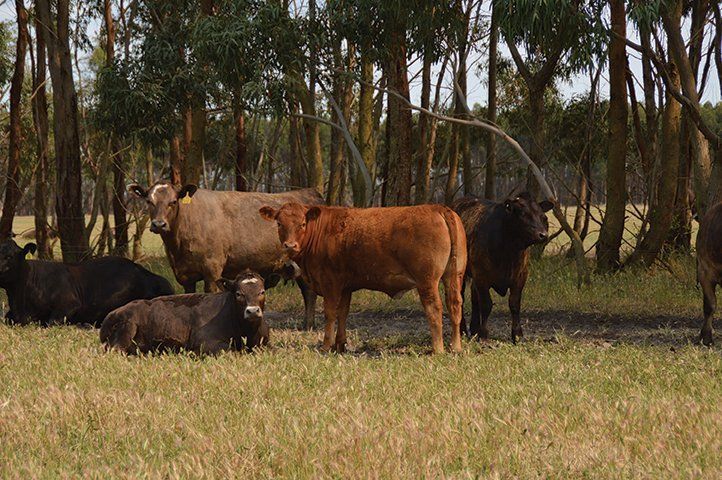A chance purchase of a line of pure Limousin heifers put South Australian beef producers, Jock and Sue Agnew on the path of exclusively using Limousin bulls in their vealer operation.
“We traded those heifers.” Jock recalls. “When they went back through the market they topped the sale for both steers and heifers.”
The Agnew’s now run 90 cows on the 445 hectare (1,100 acre) “The Donga”, west of Penola in South Australia. A sheep operation focused on trading lambs is also run on the property as well as hay which is produced under two 32 hectare (80 acre) pivots.
The cows are generally Angus – Simmental cross and are joined to Limousin bulls with the progeny targeted at the local vealer market.
“We prefer to finish them off as vealers, however depending on the season we do take some calves through to heavier weights.” Jock said. “Whilst they can be a bit hard to get the fat on them for the heavier market, they usually hang up pretty well.”
Prior to running the British-European cross cows, Jock ran F1 cows as the base of his vealer operation but found the cows did it a bit tough when the seasons went against them.
Jock also previously used Charolais bulls as his choice for producing vealer calves.
“The Charolais produced a terrific calf, but we were having too many calving problems and the shape of the calves just wasn’t quite right for the vealer market.’ Jock said. “We thought that Limousins would be able to help us in both of those areas, which they have.”
Testament to Jock’s decision to use Limousin bulls to produce his vealers, he has recently received feedback from a processor that the Limousin cross calves supplied were some of the best they have ever butchered.
Whilst Jock knows you can’t be guaranteed of producing the best calves every year, he believes he’s on the right track with his current program.





